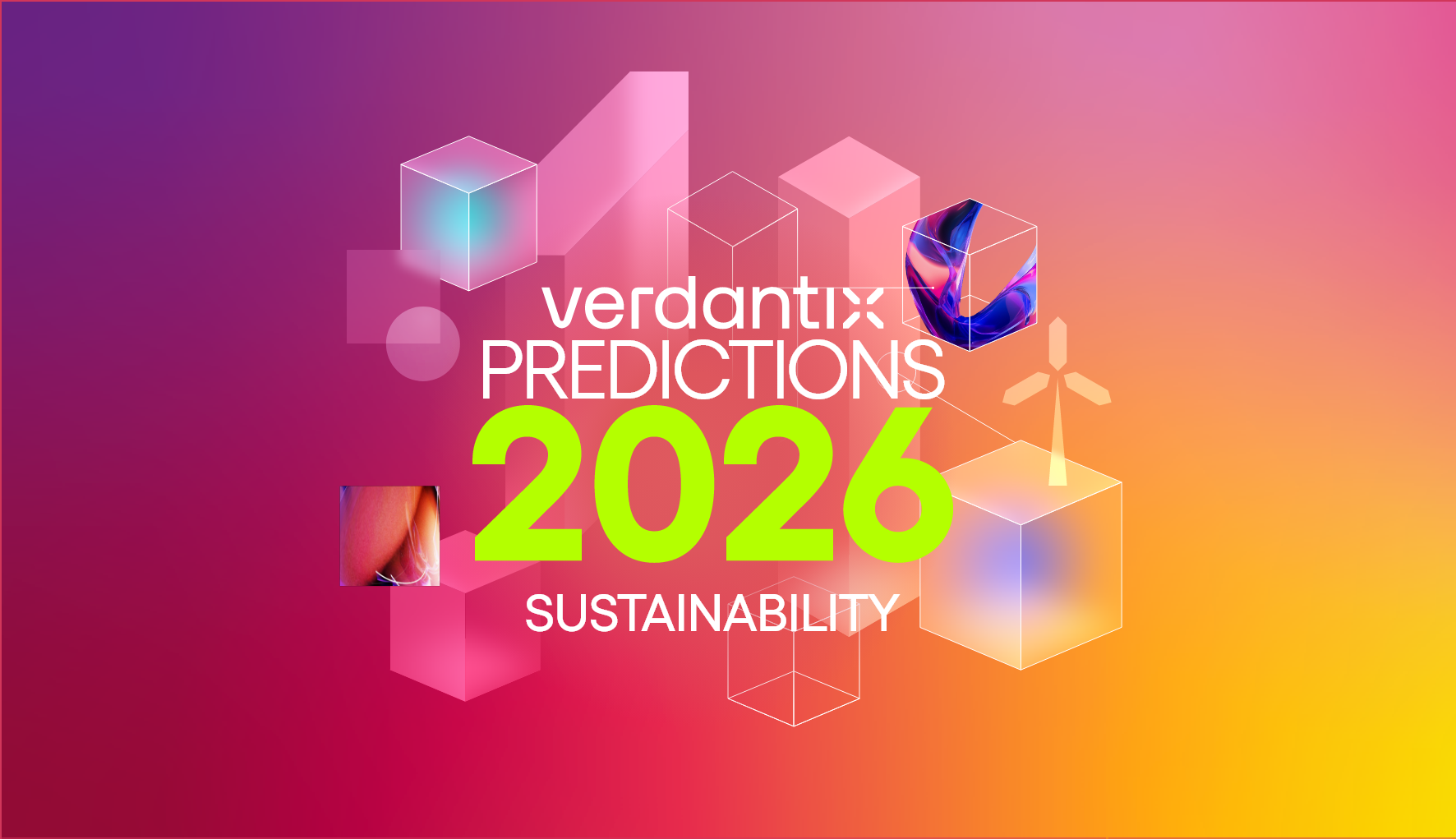The ‘ESG Book’ Underlines Demand For Increased ESG Data Access And Control
The lack of standardised ESG data is hampering sustainable investment efforts. The ‘ESG Book’, launched at the beginning of December by sustainable finance asset management firm Arabesque, with support from HSBC, Deutsche Bank and Allianz, aims to close the ESG data gap. Firms can use the ESG Book to disclose and manage ESG data, which then can be accessed by users, including investors, for free.
The ESG Book platform not only enables portfolio screening (i.e., access ESG scores and download data), but also allows for corporate ESG analysis of each company listed. Corporates can be ensured that their data will not go through third party sources, maintaining some “ownership” over their ESG data. In short, the new Arabesque platform has the potential to offer a win-win solution where corporates can benchmark themselves against other companies to keep up or be ahead of the market, while investors can have access to consistent ESG data with a centralised interface.
For corporates, the ESG book offers some attractive benefits. For one, it is free. This is the latest movement that seeks to offer low or no cost entry into the ESG reporting market. Persefoni, the carbon accounting and management platform which raised $101M Series B funding in October, recently announced a free tier of its carbon accounting product for SMEs. Secondly, it provides a new interface for stakeholders to request ESG information from issuers directly, a novel development in the market.
From a reporting perspective, the ESG Book offers little that is new. It is ‘Framework-neutral’ while at the same time allowing data to be mapped across multiple frameworks, such as the GDP or CDP. The utility for SMEs is useful, who may not have the budget for dedicated management systems; for larger enterprises, a host of EHS and sustainability platforms offer similar functionality, combined with data collection. But the key issues firms face concern the accessibility and quality of ESG data, not how and where it is reported. With ESG data from almost 10,000 companies, corporates can use the platform to benchmark their performance against competitors to keep up or be ahead of the market. Today, only a few ESG software solutions have the ability to support benchmarking, such as FigBytes and Novisto, but we expect more will in the future.
The ESG Book is a step in the right direction. It is a useful portal for firms on both sides of the ESG divide, providing issuers with a way to interact with stakeholders directly at low cost, and users an easy method of portfolio analysis. Its success will depend heavily on the degree to which firms are willing or are able to provide detailed disclosures to investors. The ‘Spotify’ of ESG? Perhaps, but there is plenty of groundwork to be done before corporate issuers will be able to take full advantage of such a platform.
About The Author
.png?sfvrsn=db470322_1)
Alessandra Leggieri
Senior Analyst





